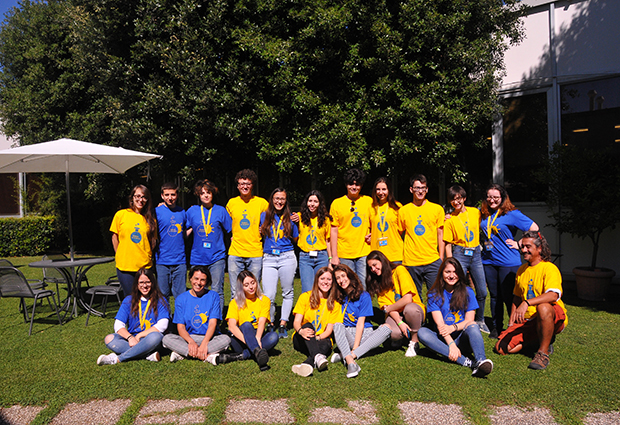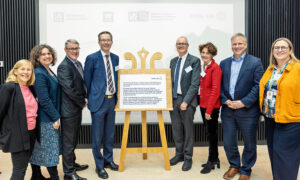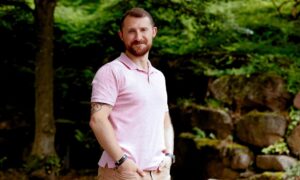
Summer in Science 2018
EMBL Rome opens its labs for students to get their first real taste of science

For two weeks, 16 students from around Italy have taken part in the second edition of ‘Summer in Science’, a summer school organised by Adamas Scienza – a non-profit organisation dedicated to promoting scientific culture and innovative methodologies in life science education. Summer in Science is a two-week experience designed to help highly motivated high-school students to get a taste of working in a lab and to better understand how science works.
Rossana De Lorenzi and Tommaso Nastasi are scientists-turned-educators who – following the spirit of EMBL’s European Learning Laboratory for the Life Sciences (ELLS) – founded Adamas Scienza. For them, being able to host Summer in Science is a dream come true, and their passion for their work is clear. “This full-time, immersive, intensive training is an excellent way for very motivated students to see, integrate and elaborate on their knowledge,” says Nastasi. “They will later use this experience to work on science or other projects.”

During the first week of the summer school, students attend seminars by EMBL scientists and practical sessions in the lab. The lab training allows the students to develop the skills needed to conduct basic molecular biology experiments. The students were divided into groups and asked to come up with their own strategy to create fluorescent bacteria using the gene for green fluorescent protein. De Lorenzi and Nastasi used each step of the experiment to sharpen the student’s skills. Each unexpected result was an opportunity to analyse why things had or hadn’t worked, acknowledging that there might have been elements unknown to the students at the beginning of the experiment. “We reproduced what research is in a very short amount of time,” explains De Lorenzi.

The lab training gives the students self-confidence and autonomy, enabling them to actively participate in the real laboratory experience of the second week. PhD students, postdocs, and research technicians working on a real project agree to tutor one or two of the students so that the students can explore the most recent techniques and research methodologies.
De Lorenzi and Nastasi also use science history as a way to introduce new concepts and aspects of research to the students. When divided into groups for the laboratory training, each group was named after a famous biological research institute so that the students had to learn about its history and explain it to the rest of the class. At the end of the day the educators give a name or a word – like Kary Mullis, inventor of the polymerase chain reaction (PCR) – to the students, who then do some research on it. First thing the next morning the group comes together to share what they’ve found out, ending up discussing topics ranging from PCR to the use of animals in research.

“It’s good for young people to see how research is made, and to understand that it’s not absolute,” says Christophe Lancrin, group leader at EMBL Rome. “When I was in high school, biology appeared to be set in stone. It was only several years later that I realised what we consider scientific facts change as we learn and explore new things. It’s important to see that things are not always clear cut, that things we considered true yesterday can be refuted tomorrow because we came by new evidence. Regardless of whether the students become scientists, it’s still an excellent and useful exercise.”

“Everything comes together,” says Nastasi. “The students figure out how the science community works, but also begin to understand that when you’re a scientist you are part of society as well. So all the polarisation you feel in public opinion about science and society loses a bit of its power. By the end, we think the students get a better sense of how science really works and of the dialogues between the different fields of knowledge and society.”
In the words of Cornelius Gross, Deputy Head of EMBL Rome: “We need more people to think like scientists, because few people do that! The more the better, because it will be good for humanity. I fundamentally believe scientific thinking is a way towards living together peacefully with other people. That’s the use of science, it’s about understanding the world.”


